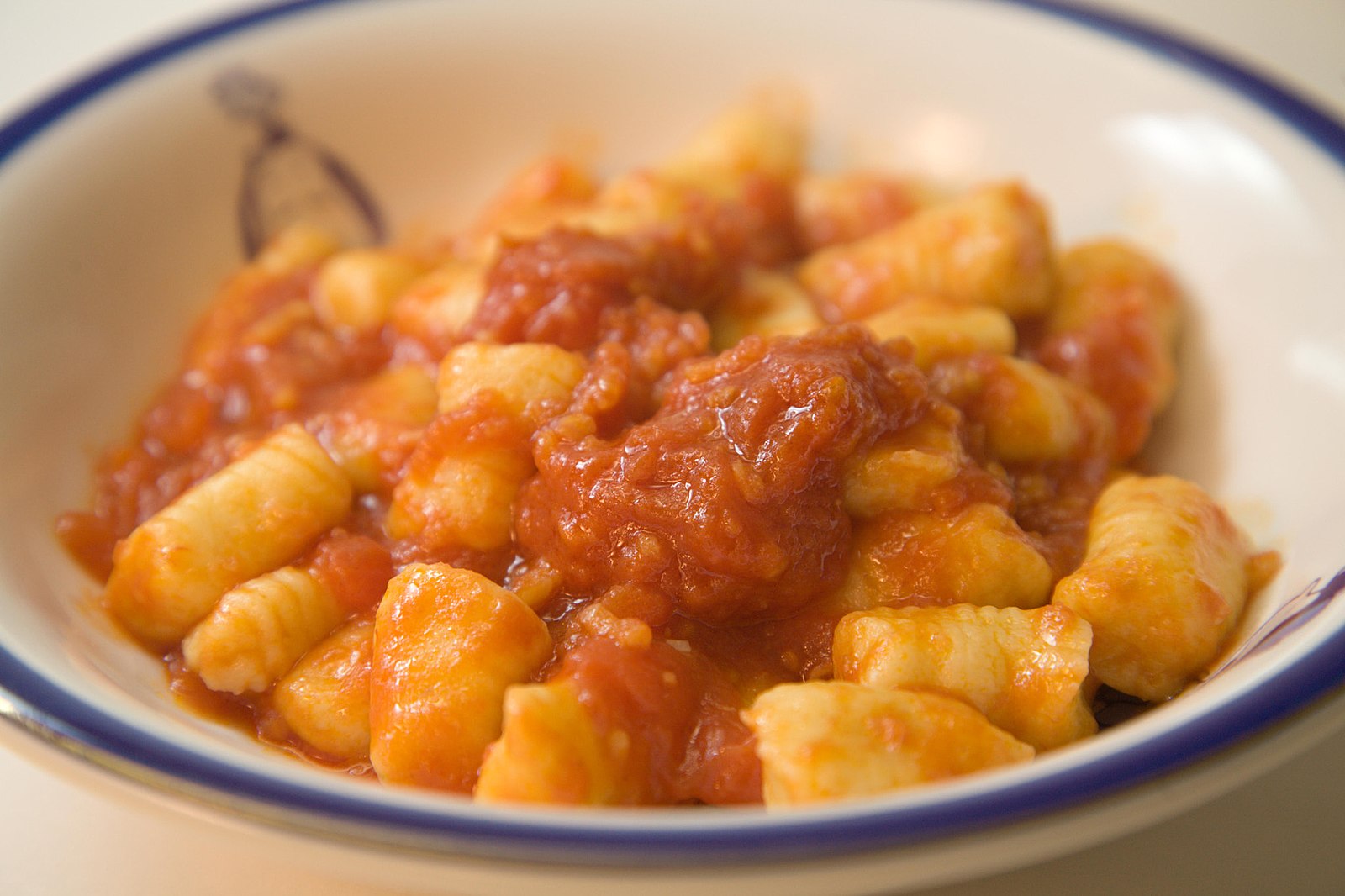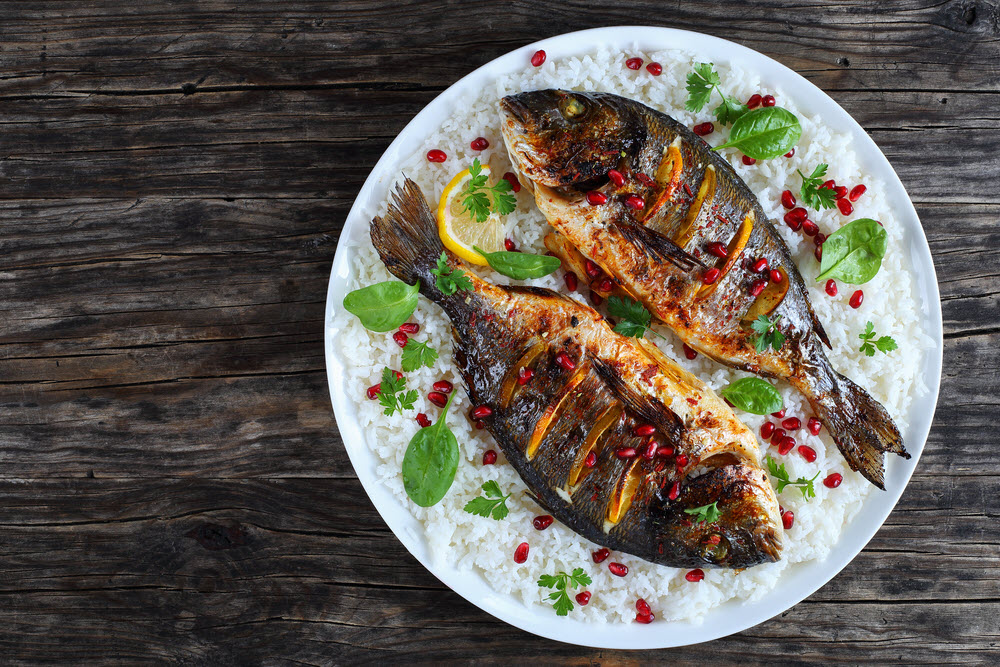From the pagan religions to Judaism and Christianity, the rich religious history of Rome has shaped nearly every aspect of the culture of the city, including its food. Here are seven Roman culinary traditions with religious roots.
GNOCCHI ON THURSDAYS
Even in the age of fine dining and readily available ingredients, many restaurants in Rome continue to serve gnocchi only on Thursdays. According to Catholic tradition, Thursday serves as a day of culinary indulgence in preparation for Friday’s fasting. Over the many centuries of Catholic influence in Rome, gnocchi became the perfect, hearty meal to fill the bellies bellies of the faithful each Thursday.

FISH ON FRIDAYS
Like gnocchi, fish has its own day of the week for eating according to Roman Catholic tradition. Still a staple of the Friday dinner menu of many Roman restaurants, fish is meant to be eaten on Fridays as a light meal to break the day’s fasting requirements.

TRIPE ON SATURDAYS
After Thursday’s gnocchi and Friday’s fish, Roman Catholic tradition reserves one more dish for Saturday: tripe. A type of edible stomach of cattle and sheep, tripe has become a staple meal for Saturdays in Rome. This tradition springs from the fact that Saturday was usually the day that butchers in Rome would allow customers to select their cuts of meat for the week. While more wealthy residents could afford more expensive cuts of meat, less affluent Romans, including many Catholics, had to buy tripe–less expensive, but delicious nonetheless!

CARCIOFI ALLA GIUDÌA
Jewish-style artichokes are one of Rome’s most authentic and delicious dishes of any kind. This deep fried artichoke dish originated by its namesake religious adherents in what is called the Jewish Ghetto, a historic neighborhood in Rome. Today, this dish is still served by restaurants in this district, particularly in the springtime.

PAJATA | JEWISH CUISINE INT HE HEART OF ROME
Another dish with Jewish significance, rigatoni con la pajata can be found throughout Rome today. Pajata, or veal intestines, became an important staple food for many inhabitants of the Jewish Ghetto since its origins. Like tripe, pajata’s low cost and delicious choice has made it a universal favorite through the ages.

LAMB ON EASTER SUNDAY SYMBOLIC OF CHRIST
Another Catholic tradition which can be found in practice every year throughout Rome is to eat lamb on Easter Sunday. Catholics utilize the imagery of a sacrificial lamb to represent Christ’s sacrifice, and, in reverence, many Catholics in Rome choose to eat lamb every year on this day.

CHRISTMAS EVE AND SEAFOOD
The above dish, zuppa di pesce e crostacei (fish and crustacean soup), serves as a great example of a typical Roman seafood dish. On Christmas eve specifically, Catholic tradition calls for fasting from meat. Thus, in celebration of the upcoming Christmas day and in reverence of Catholic culinary teachings, many Romans dine with seafood on Christmas eve as part of this Italian-born tradition.


